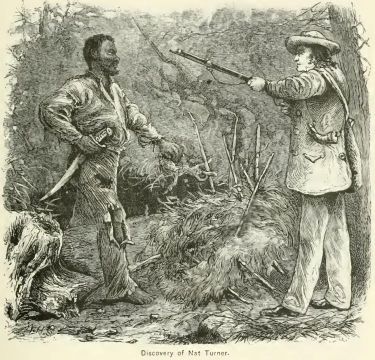
Negro Head Road was originally the colonial stage road that ran from Point Peter in New Hanover County to Duplin County. It began at the junction of the Cape Fear River and the Northeast Cape Fear River, just opposite the city of Wilmington. It followed the west side of the Northeast Cape Fear, through present-day Pender County, and into Duplin County. Point Peter was also known as Negro Head Point as early as 1760.
Shortly after the Nat Turner Rebellion in Southampton County, Va., in August 1831, a similar revolt of enslaved people was suspected in southeastern North Carolina. In Duplin County an enslaved man called Dave, who belonged to Sheriff Thomas K. Morrisey, was tortured until he confessed to being a ringleader of a planned revolt of enslaved people. A report issued by the Duplin justices of the peace on 13 Sept. 1831 claimed that Dave and his coconspirators planned to march to Wilmington, killing white landowners on the way. In Wilmington they planned to rendezvous with an armed force of 2,000 more free and enslaved black people. Fearful whites reacted by seizing Dave and his alleged accomplice Jim. The sheriff ordered the heads of freedom-seeking enslaved people to be mounted on pikes. The two men were killed and their heads stuck on poles as a warning to other enslaved people. Other methods of violence were used by white authorities towards enslaved Black people, such as one enslaved person being burned at the stake.
In Wilmington, 15 Black people were arrested. The 6 who were tried and convicted were killed; they were beheaded by the authorities and their heads were impaled on poles at several entrances to the city. One was placed at Point Peter at the beginning of Negro Head Road. As late as 1940, the WPA Guide to North Carolina referred to U.S. 117 as "Negro Head Road."